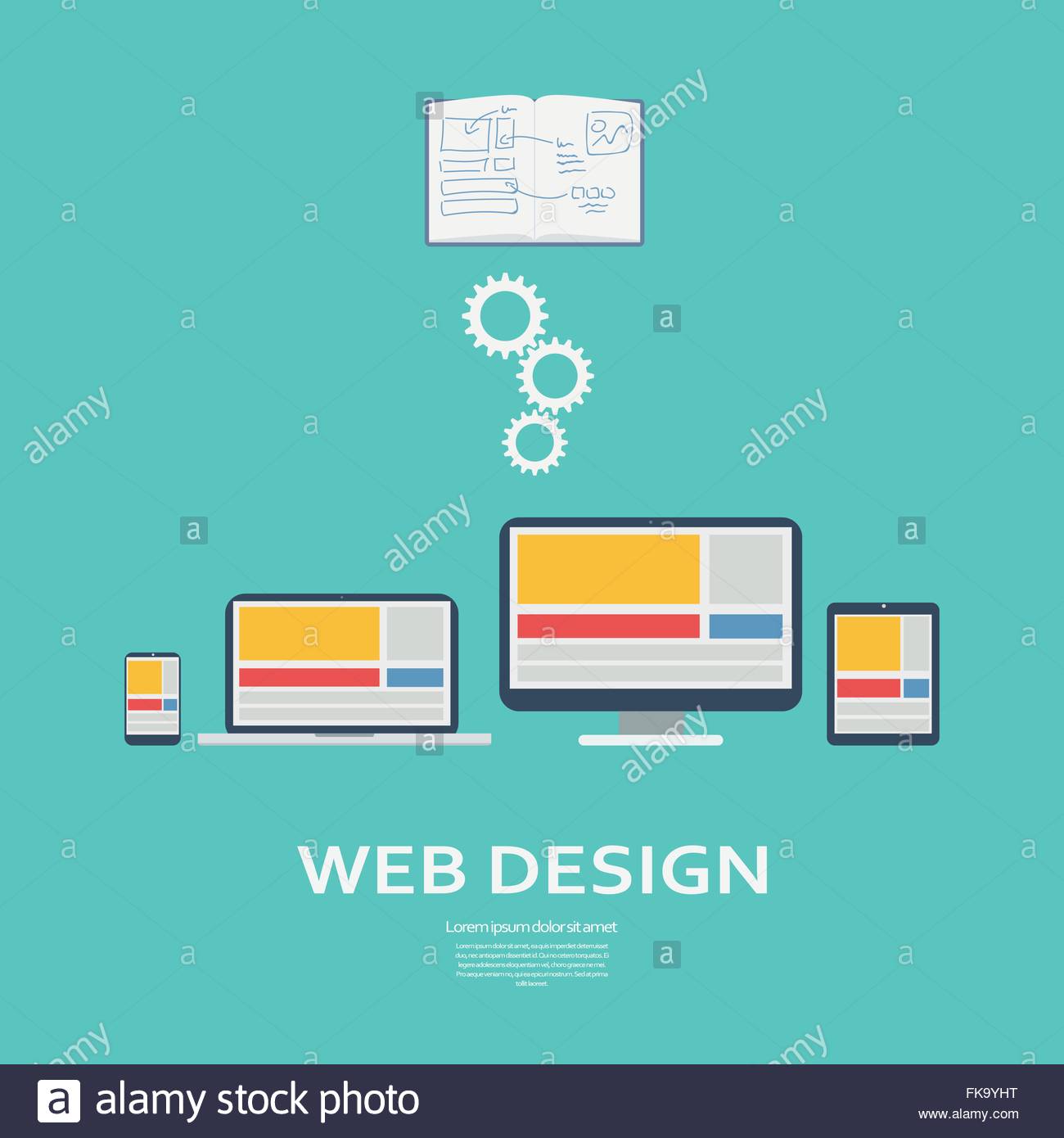The Evolution Of Website Design: From Past To Present
The Evolution Of Website Design: From Past To Present
Blog Article
Produced By-Tobiasen Molina
In the past, websites were simple and focused on details. Navigating was straight, and layout was for desktops. Currently, user experience is vital. Information overviews designs for simple navigating. Responsive designs match various tools. Today, dark setting minimizes strain, and minimal menus improve navigation. Interactive features engage customers, and bold visuals attract attention. AI combination enhances engagement. See just how layout has actually developed to improve your online trip.
Early Days of Web Design
In the early days of website design, simplicity reigned supreme. Websites were standard, with minimal colors, typefaces, and formats. The emphasis got on supplying information instead of flashy visuals. link web page accessed the net via sluggish dial-up connections, so rate and functionality were vital.
Navigating menus were straightforward, generally located on top or side of the page. Sites were created for computer, as mobile surfing had not been yet common. Web content was king, and developers focused on very easy readability over complex design aspects.
HTML was the primary coding language made use of, and developers had to function within its restraints. Computer animations and interactive features were minimal contrasted to today's requirements. Sites were fixed, with little vibrant web content or customized customer experiences.
Increase of User-Focused Layout
With the development of website design, a change towards user-focused layout concepts has ended up being significantly popular. Today, developing web sites that focus on user experience is crucial for involving visitors and accomplishing service objectives. User-focused design entails comprehending the demands, preferences, and behaviors of your target market to customize the internet site's layout, material, and features as necessary.
Designers currently perform detailed research, such as user surveys and usability testing, to collect insights and feedback straight from individuals. This data-driven approach assists in creating intuitive navigation, clear calls-to-action, and visually appealing interfaces that resonate with visitors. By placing the user at the center of the style procedure, websites can deliver an extra customized and satisfying experience.
Receptive design has additionally become a crucial facet of user-focused design, ensuring that internet sites are optimized for different gadgets and screen sizes. This adaptability boosts ease of access and functionality, satisfying the varied means customers interact with internet sites today. Essentially, the rise of user-focused layout signifies a shift in the direction of producing electronic experiences that focus on the requirements and expectations of the end individual.
Modern Trends in Web Design
Check out the current trends shaping web design today. One prominent fad is dark setting style, providing a streamlined and modern look while decreasing eye stress in low-light settings. An additional vital pattern is minimalist navigation, streamlining menus and boosting user experience by concentrating on essential elements. Integrating micro-interactions, such as computer animated switches or scrolling effects, can create an extra interesting and interactive website. Receptive layout stays vital, ensuring smooth customer experiences across numerous gadgets. Additionally, utilizing bold typography and asymmetrical layouts can include visual interest and draw attention to specific web content.
Incorporating AI innovation, like chatbots for consumer assistance or individualized referrals, boosts user involvement and enhances procedures. Ease of access has additionally end up being a considerable pattern, with designers prioritizing comprehensive layout methods to satisfy varied individual needs. Accepting sustainability by enhancing site efficiency for rate and efficiency is another emerging pattern in website design. Teaming up with customer feedback and information analytics to iterate and improve style continually is important for remaining relevant in the ever-evolving electronic landscape. By embracing https://www.techradar.com/best/the-best-marketing-books-2022 -day trends, you can create a visually enticing, straightforward website that resonates with your audience.
Conclusion
As you assess the evolution of website layout from the very early days to now, you can see how user-focused layout has actually ended up being the driving force behind contemporary patterns.
Accept the trip of modification and adjustment in website design, constantly keeping the user experience at the center.
Remain current with the latest trends and modern technologies, and never ever stop developing your method to produce aesthetically stunning and straightforward sites.
Advance, adjust, and create - the future of web design remains in your hands.
